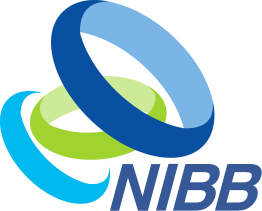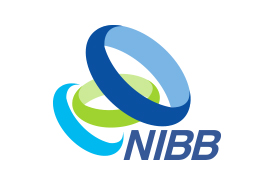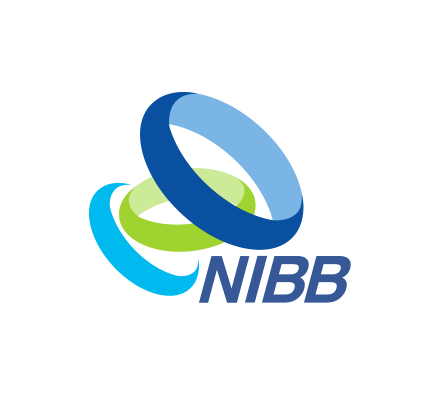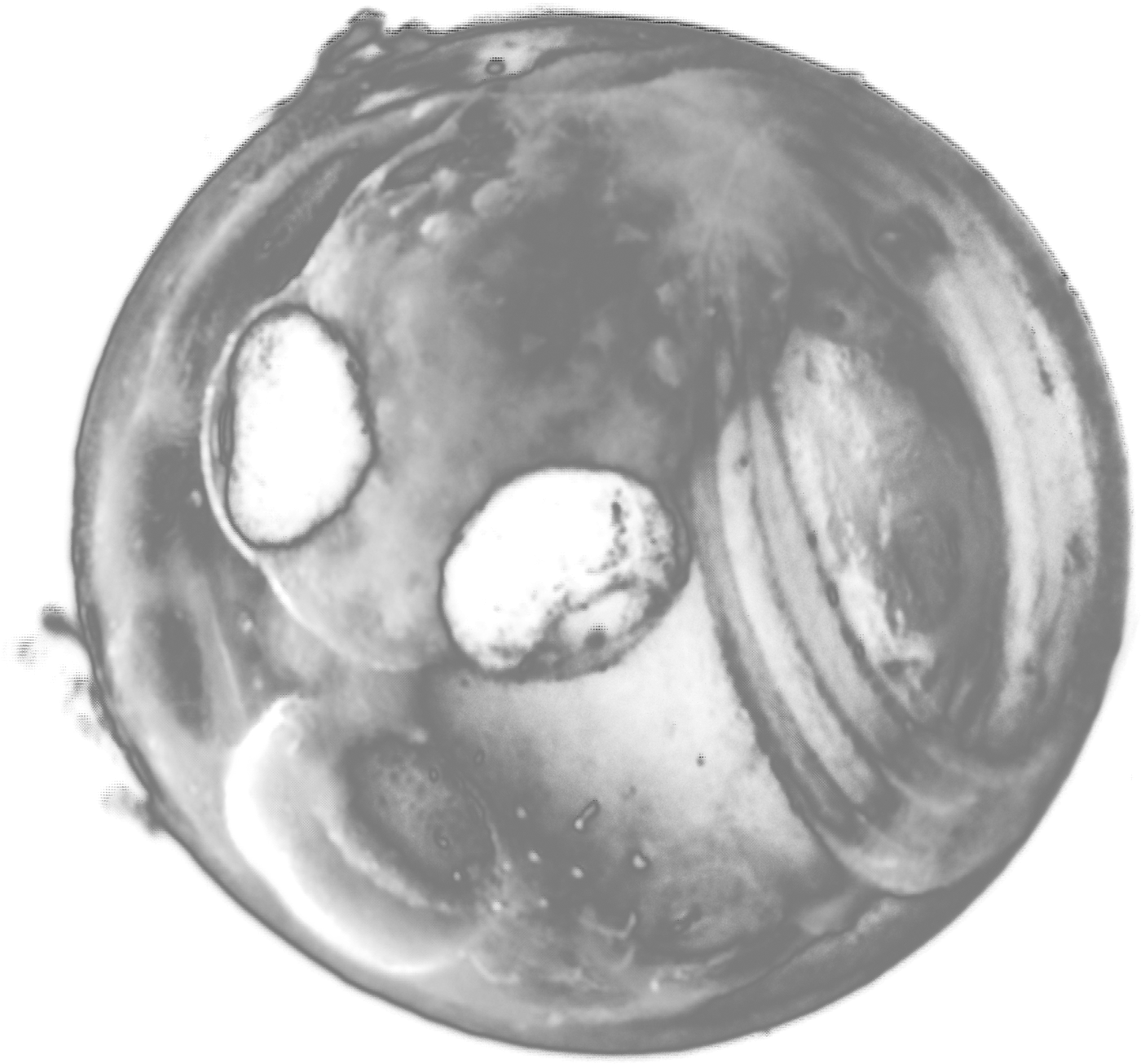2017.12.19 基生研セミナー
Applications of recent transcriptomic and epigenomic technologies to advance your research
蓑田 亜希子 (理化学研究所 ライフサイエンス技術基盤研究センター 機能性ゲノム解析部門 エピゲノム技術開発ユニット ユニットリーダー)
2017年12月19日(火) 14:30 より 15:30 まで
明大寺地区1階 会議室 (111)
幹細胞生物学 坪内 知美(7693)
In this talk, I will introduce two technologies we have applied for our studies that have recently been developed in the field that are proving to be very powerful: single cell RNA-seq and ATAC-seq.
Single cell RNA-seq: We are preparing to generate resource datasets to study ageing. Bulk analyses of high-throughput genomic technologies have produced invaluable publicly available data resource on ageing. However, these data are limited in terms of accurately defining cellular and disease states. In order to understand how the process of ageing affects tissues at the cellular state level, we are generating single cell RNA-seq datasets of selected tissues from different ages of mice and blood from super-centenarians. The two main questions we will address with the single cell RNA-seq data is how the cell type landscape changes during ageing in each tissue (in mouse), as well as how and what changes are associated with ageing at the transcriptome level of each cell type. One unique aspect of our analysis will be a comparison between SPF (“standard”) and germ-free mice, to ask what kind of effects the microbiome may have on ageing. I will present our plan for this project as well as some initial single cell transcriptomic results produced from mouse tissues by the 10x Genomics platform.
ATAC-seq: Osteoarthritis (OA) is a common joint disorder with increasing impact in an aging society. To understand its pathogenesis, molecular profiling such as RNA expression or DNA methylation for diseased tissues has been reported, however, chromatin variations in OA have not been explored, mainly due to the technical difficulties in applying traditional epigenomic tools on clinical samples. I will show our ATAC-seq analysis data obtained from 8 knee OA patients, which includes differential ATAC peak analysis, gene set enrichment analysis, enhancer analysis, integrating with RNA-seq data, as well GWAS and eQTL studies. Altogether, our ATAC-seq analysis has generated some hints as to what OA pathogenesis may involve. This study demonstrates genome-wide investigations of accessible chromatin regions is a powerful tool in probing changes of regulatory genomic elements in clinical samples relevant to a disease.
※セミナーは英語で行われます







